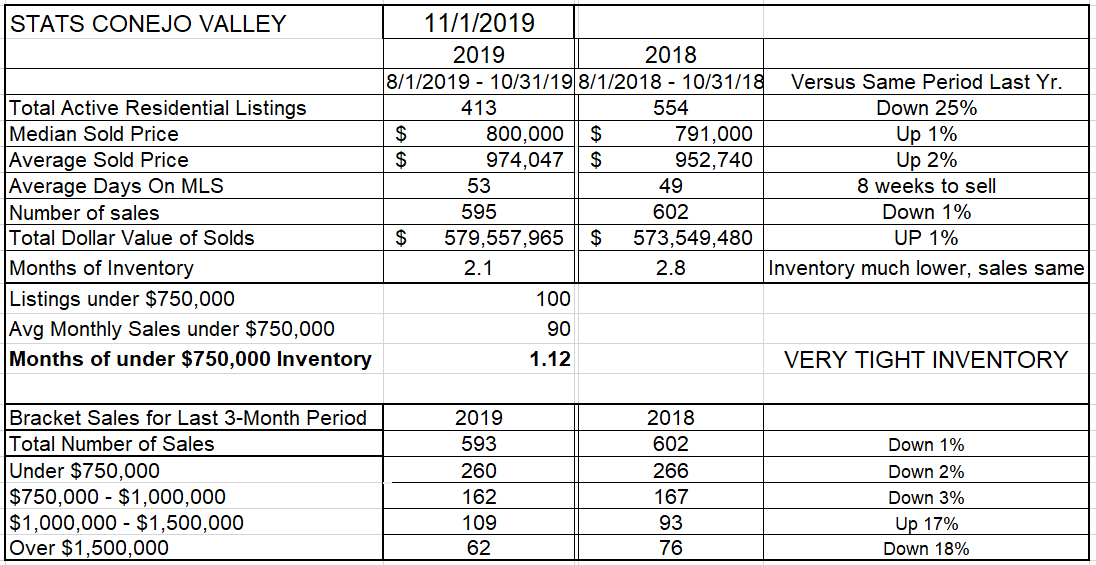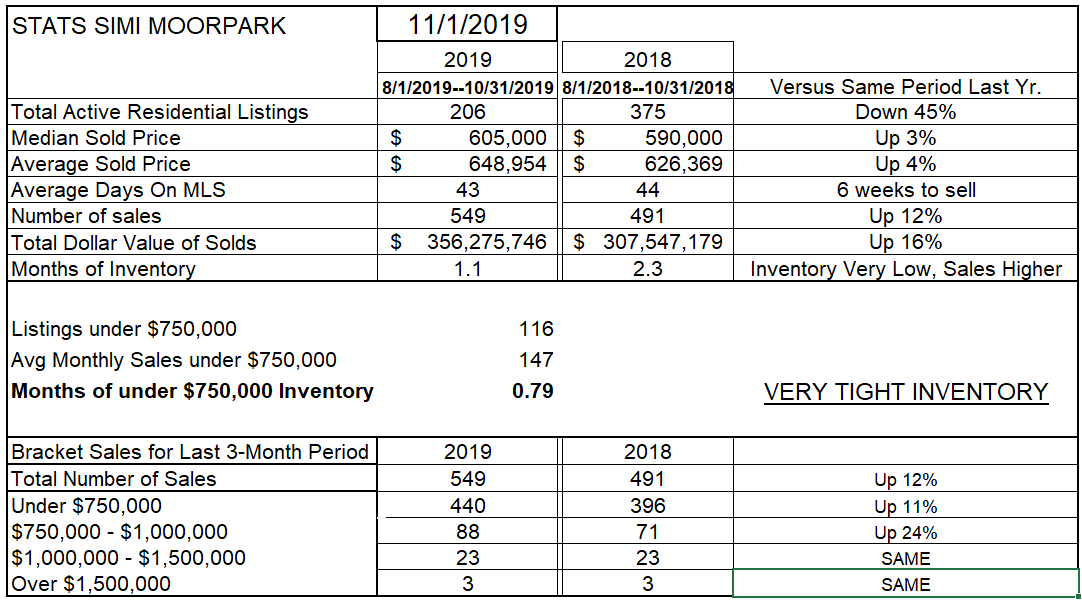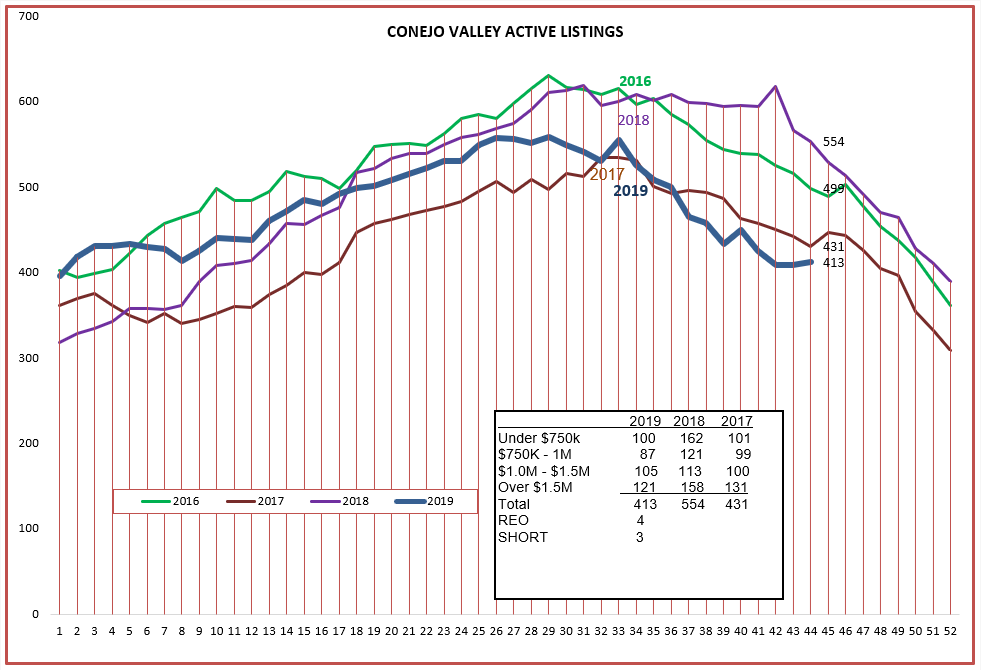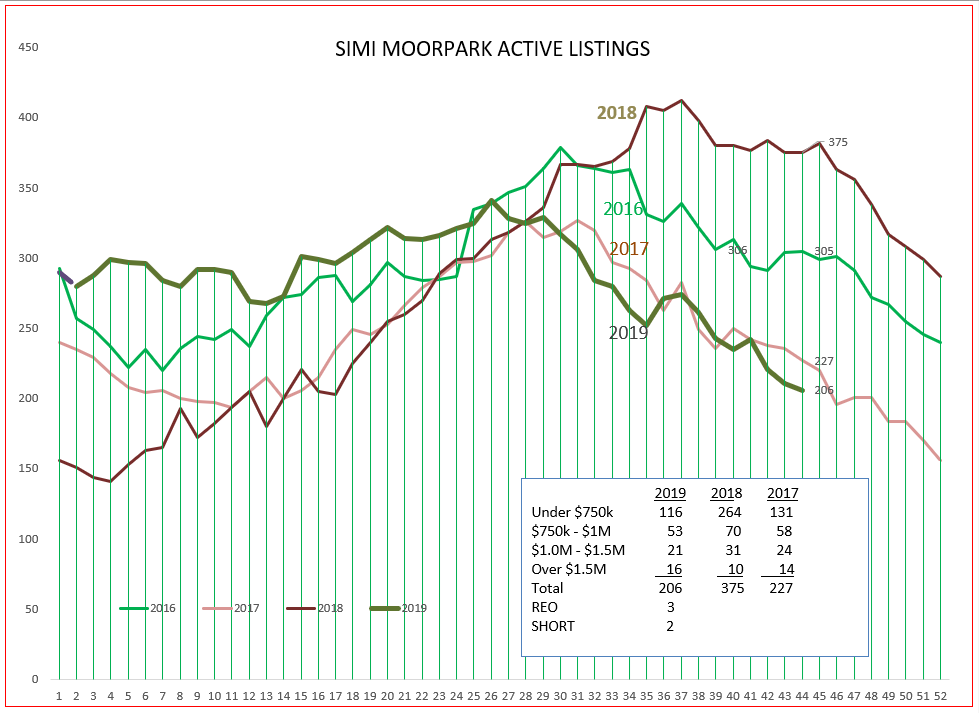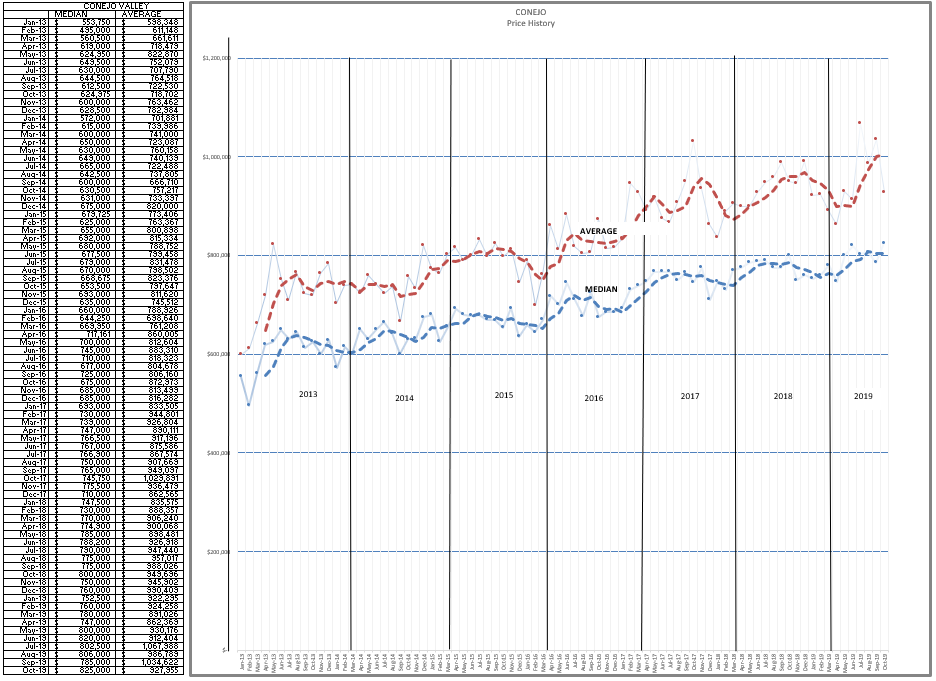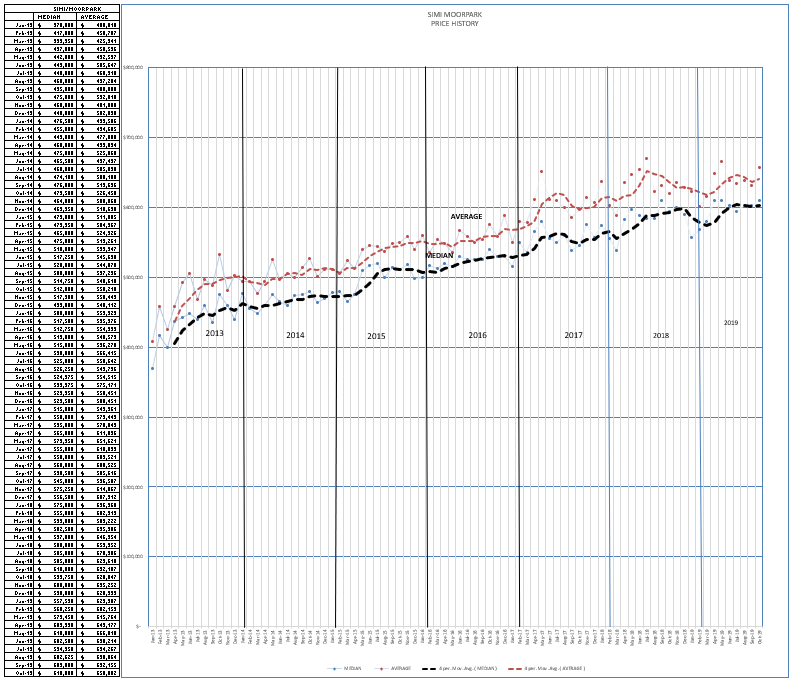This is the time of the year when we expect the housing market to slow down. The holidays are here, and plans to put homes on the market take second place to celebrations.
The good news is, even though we were pretty slow this summer, October was a nice turnaround.
I suspect this uptick is only temporary. The market is OK. Not bad. Not out of control. OK is OK.
After attending the Cal Lutheran Center for Economic Research and Forecasting (CERF) meeting last week, any ideas I had about the market taking off in our area were thoroughly subdued. Ventura County continues to remain in a period of economic weakness, as it has for the past five years. Gross Domestic Product is stagnant. And, for the first time in history, there has been a net outflow of residents from Ventura County, instead of a consistent but small increase in population.
If you take a look at the fundamentals of supply and demand, prices should be rising strongly. Why are they only increasing moderately?
In part, it is because we live where we live. This is a wonderful place, but we are not the only good place to live. And in real estate, it always goes back to location, location, location.
One major consideration when locating your home has to do with where you work. You would like to not have to travel very far. Or, in California, you would not like to travel for as long a time. We measure proximity not in miles, but in time spent in traffic.
Recently an absolutely fabulous and prestigious property, a beautiful compound, sold here. Sale price–$35 million. Put that property in Beverly Hills or Malibu, it would demand a higher price. Put it in Torrance, the price would be lower. Location, location, location.
While certain communities enjoy a certain prestige and therefore higher prices, time spent driving is getting to be more and more important. Time is money. And time spent sitting in traffic is a waste of money. Consider it a fee charged against quality of life.
So instead of looking at just supply and demand, it is helpful to look at the traffic situation to help understand why pricing sometimes flies in the face of supply and demand.
In Ventura County we have SOAR, which severely restricts cities from expanding their boundaries. That limits construction. Our housing inventory mainly reflects the housing needs of the 1970s and 1980s. Commuting was much easier then, and the community was on average much younger. We now need housing that reflects our current demographics.
We have jobs that attract workers. Some of those jobs do not pay enough to allow workers to live in our area, which forces long commutes. In the early years of our current century, the main argument used against building more homes was increased traffic and the attendant pollution. We placed limits on building, but the most stringent limits were economical, brought by the recession of 2007-2009. This devastated housing prices for many years. Practically no new homes were built. That should have saved us from traffic and pollution. But we now have traffic and pollution. So maybe the two are not tied together as many thought.
What is causing our traffic and pollution?
Traffic patterns have changed. Instead of evening traffic being heavy coming out of Los Angeles, evening traffic is now heavy going into Los Angeles. Congestion has reversed direction. Why?
Because we don’t have homes locally available to match the range of salaries that our jobs provide. There is a housing shortage throughout California, with people paying up to 50% of their income for rent and mortgages, rather than 25-30% as in the past. The housing shortage is not only measured by the number of units, it is also measured by the style, price and size of the units. Supply and demand should be pushing housing prices higher and higher. We have very little for sale inventory. So why are prices not flying upwards?
It is because people are at their dollar limit both in renting and purchasing. Their incomes have not significantly increased, and they are maxed out by paying 50% of their income for housing. This limits demand, it caps how much people can afford to pay. They might really want to move here, but they cannot because of affordability. So they move someplace else, somewhere where housing is more affordable.
Do jobs attract people to come and live in our area? Yes. But it works both ways. If workers cannot afford to live here, and the drive is past ridiculous, they must live elsewhere. And eventually, when the local workforce is unavailable because housing is too expensive, companies will move to be closer to the workforce they need. That is beginning to happen today. Downtown LA has seen a resurgence, more people are actually living in and near downtown. San Bernardino and Riverside are the recipients of workers who can no longer afford the time driving and cost of housing to work here.
This may or may not be an answer as to why pricing has not taken off.
Let’s begin by looking at the statistics for both Conejo and Simi/Moorpark. Inventory is down compared to last year, down 25%. Number of sales is down 1%. Prices are up only 1-2%. At 2 months worth inventory, we should have a strong seller market. And at only four weeks of inventory of homes priced below $750,000, it points to a very strong sellers market. We are selling 18% fewer highest priced homes than we sold last year, but homes priced between $1 million and $1.5 million are up 17%.. The median sold price rests at $800,000.
What about Simi Valley/Moorpark. The median price for these homes is $200,000 lower, around $600,000. This market is very active, with 12% higher sales than last year, while inventory is down a whopping 45%. But prices are only up 3-4%, even though the under-$750,000 inventory is only 3 weeks worth of sales.
Inventory charts for both areas are tracking similar to to 2017.
Pricing charts are next. Conejo Average Sales have experienced a major uptick due to a few extremely expensive properties. Median Sales continue a slow and steady climb.
Simi/Moorpark is experiencing the same steady growth. Notice that the slope of this line is stronger than the slope in Conejo.
Our economy is not simple. We understand supply and demand. And price. Then we throw in things like affordability. And the time of the year. And consumer confidence. And unemployment. And the general economy of the local county. Lots of things to consider.
Most of us have been trying to understand why prices have not been rising strongly. These are my thoughts, please send my your thoughts.
The market remains healthy, and prices under control. Housing price increases are matching general inflation figures. Things are OK.
Have a wonderful Thanksgiving holiday.
Chuck
